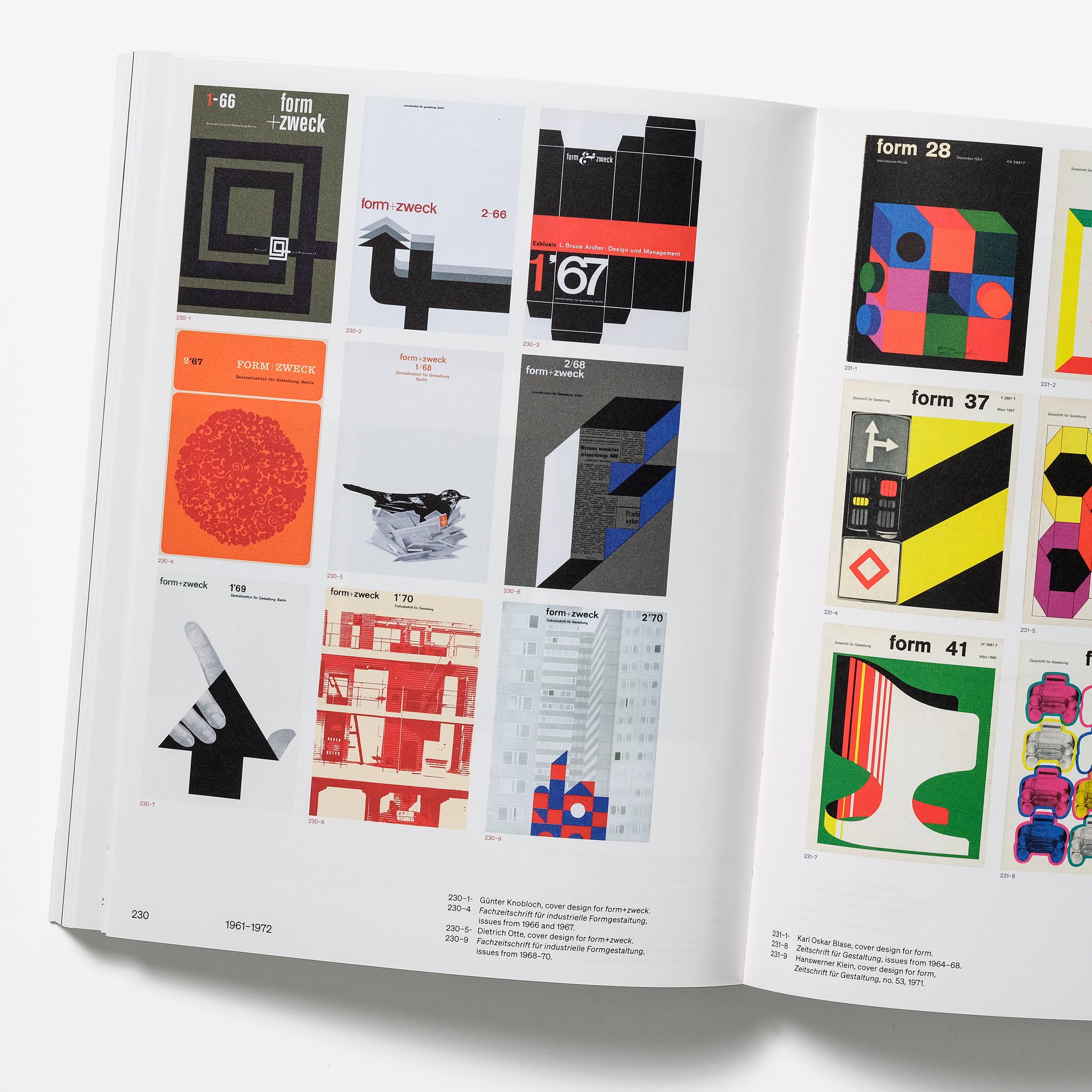German Design 1949–1989: Two Countries, One History
"German Design 1949–1989: Two Countries, One History" challenges stereotypes, offering a nuanced view of postwar German design evolution, transcending East-West clichés. Over 30 years post-reunification, the book presents a comprehensive account with 300+ illustrations, showcasing design's role in daily life, reconstruction, and Cold War propaganda on both sides of the Wall. Highlighting key figures like Dieter Rams and Otl Aicher in the West and Rudolf Horn and Renate Müller in the East, it explores Bauhaus influence and institutions like the HfG Ulm. The divided Germany uniquely allows a comparative analysis of design's role in promoting socialism and capitalism, revealing diverse facets of postwar German design history.
"German Design 1949–1989: Two Countries, One History" challenges stereotypes, offering a nuanced view of postwar German design evolution, transcending East-West clichés. Over 30 years post-reunification, the book presents a comprehensive account with 300+ illustrations, showcasing design's role in daily life, reconstruction, and Cold War propaganda on both sides of the Wall. Highlighting key figures like Dieter Rams and Otl Aicher in the West and Rudolf Horn and Renate Müller in the East, it explores Bauhaus influence and institutions like the HfG Ulm. The divided Germany uniquely allows a comparative analysis of design's role in promoting socialism and capitalism, revealing diverse facets of postwar German design history.
"German Design 1949–1989: Two Countries, One History" challenges stereotypes, offering a nuanced view of postwar German design evolution, transcending East-West clichés. Over 30 years post-reunification, the book presents a comprehensive account with 300+ illustrations, showcasing design's role in daily life, reconstruction, and Cold War propaganda on both sides of the Wall. Highlighting key figures like Dieter Rams and Otl Aicher in the West and Rudolf Horn and Renate Müller in the East, it explores Bauhaus influence and institutions like the HfG Ulm. The divided Germany uniquely allows a comparative analysis of design's role in promoting socialism and capitalism, revealing diverse facets of postwar German design history.
Author: Edited by Mateo Kries, Thomas A. Geisler, Erika Pinner, Klara Nemecková. Text by Paul Betts, Greg Castillo, Petra Eisele, Siegfried Gronert.
Publisher: Vitra Design Museum
Format: Perfect Bound
Condition: New










